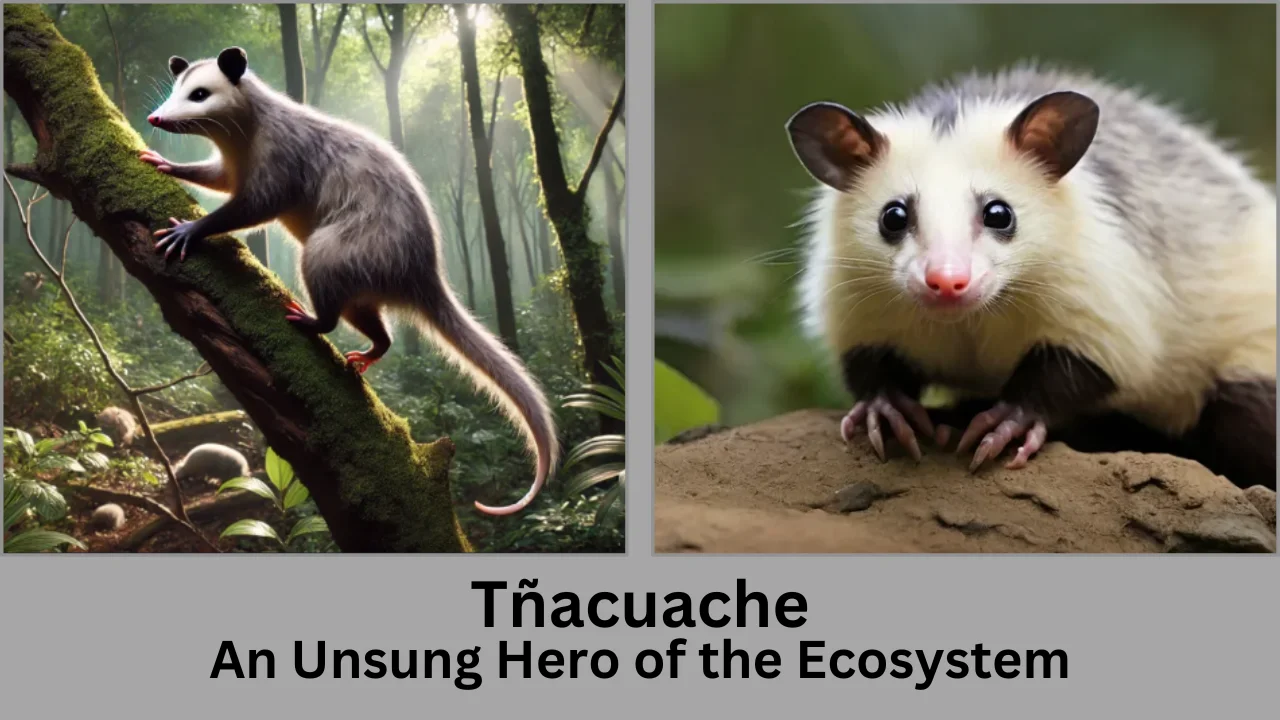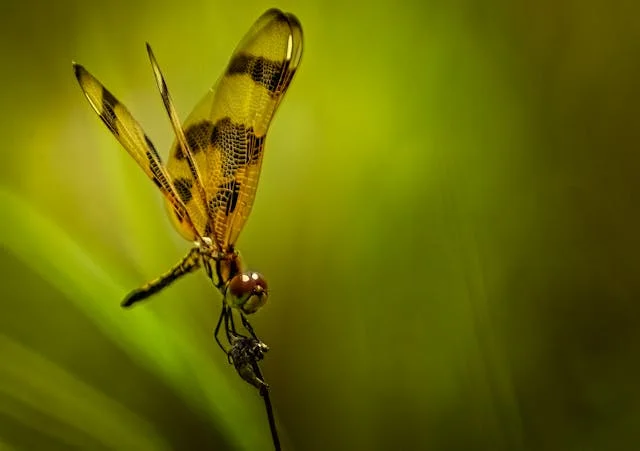
The tñacuache, also known as the opossum in English, is a fascinating marsupial native to the Americas. Despite its importance to ecosystems, it is often misunderstood and overlooked. Its unique adaptations and ecological contributions make it a creature worth exploring. From its biological traits to its role in maintaining environmental balance, the tñacuache is much more than just a scavenger. This article will take an in-depth look at this remarkable animal, its lifestyle, and its significance in both nature and culture.
Read Also: ветеринарная клиника VetCityPets: Trusted Pet Care Solution
Understanding the Tñacuache and Its Origins
The tñacuache belongs to the Didelphidae family, which includes over 100 species of marsupials. It is native to the Americas, with its range stretching from southern Canada to Argentina. The Virginia opossum, or Didelphis virginiana, is the most well-known species in North America. However, in Latin America, the term tñacuache specifically refers to various species of opossums that thrive in tropical and subtropical climates.
These animals are primarily nocturnal and solitary, making them elusive in their natural habitats. It is known for its adaptability, surviving in diverse environments such as forests, grasslands, and even urban areas. This ability to thrive in different settings has made it one of the most successful marsupials in the Americas.
Read Also: Brahflix: Online Platform for Indian and South Asian Movies
Physical Traits That Define the Tñacuache
The tñacuache has several physical features that contribute to its survival. Its prehensile tail is perhaps the most distinctive, allowing it to grasp branches and maintain balance while climbing. This feature also helps it navigate difficult terrain and escape predators. Additionally, it has sharp claws and opposable thumbs, which aid in foraging and climbing.
The animal’s coat typically ranges from gray to brown, with a lighter underside. Its pointed snout and keen sense of smell help it locate food even in hidden or hard-to-reach places. While it may not be conventionally beautiful, it’s unique appearance is perfectly suited to its ecological role.
| Characteristic | Description |
|---|---|
| Prehensile Tail | Helps with climbing and balancing |
| Opposable Thumbs | Enhances grip and manipulation of objects |
| Sharp Claws | Useful for digging and self-defense |
| Fur Coloration | Gray or brown for camouflage |
| Sensory Adaptations | Acute sense of smell and night vision |
The Tñacuache’s Role in the Ecosystem
The tñacuache plays a crucial role in maintaining ecological balance, acting as both a predator and a scavenger. Its diet includes insects, small animals, fruits, and carrion, which helps control pest populations and prevent the spread of disease. By consuming ticks and rodents, it contributes to reducing harmful vectors that can transmit diseases like Lyme disease.
Moreover, it is a seed disperser, playing a vital role in forest regeneration. By eating fruits and excreting the seeds in different locations, it promotes plant growth and biodiversity. This activity makes it an important link in many ecosystems, particularly in tropical and subtropical regions.
Behavior and Lifestyle of the Tñacuache
The tñacuache is primarily a nocturnal creature, spending most of its active hours at night. Its behavior is largely solitary, although it may interact with other individuals during the breeding season. It is known for its resourcefulness, often scavenging in urban areas when natural food sources are scarce. This adaptability has enabled it to coexist with humans, albeit not always harmoniously.
One of the tñacuache’s most famous defense mechanisms is playing dead, a behavior scientifically known as thanatosis. When threatened, it will go limp, emit a foul odor, and appear lifeless to deter predators. This clever strategy often allows it to escape danger unscathed. Its other defense mechanisms include emitting a foul-smelling fluid and using its sharp claws for self-defense.
| Aspect | Description |
|---|---|
| Activity Pattern | Primarily nocturnal, active during the night to forage and avoid predators. |
| Social Structure | Solitary by nature; interactions occur mainly during breeding or with offspring. |
| Foraging and Diet | Omnivorous; consumes fruits, insects, small mammals, reptiles, carrion, and trash. |
| Defensive Mechanisms | Plays dead (thanatosis), emits foul odor, and uses sharp claws and teeth if threatened. |
| Adaptability | Thrives in forests, grasslands, and urban environments; utilizes human-made shelters. |
| Reproductive Behavior | Brief gestation (12-13 days); young develop in the mother’s pouch for several weeks. |
| Lifespan | 2-4 years in the wild; longer in captivity due to reduced threats. |
| Territorial Behavior | Not strongly territorial; maintains overlapping home ranges for foraging and shelter. |
Reproduction and Lifespan
As a marsupial, the tñacuache carries and nurses its young in a pouch. The gestation period is remarkably short, lasting only about 12 to 13 days. After birth, the tiny, underdeveloped offspring crawl into the mother’s pouch, where they continue to grow and develop. A single litter can include up to 20 young, although not all survive to adulthood.
In the wild, the tñacuache has a relatively short lifespan, averaging around two to four years. Factors such as predation, disease, and human activity contribute to its mortality. However, in captivity, these animals can live longer, providing opportunities for research and conservation efforts.

Misconceptions About the Tñacuache
Despite its ecological importance, the tñacuache is often misunderstood and unfairly maligned. Many people view it as dirty or aggressive, but this is far from the truth. The tñacuache is actually a clean animal that grooms itself regularly. It is also non-aggressive, preferring to avoid confrontation whenever possible.
Additionally, the tñacuache is highly resistant to rabies, making it safer to encounter than many other mammals. Its ability to adapt to urban environments has sometimes labeled it a pest, but in reality, it plays a valuable role in waste management and pest control.
The Cultural Significance of the Tñacuache
In Latin American folklore, the tñacuache often symbolizes resilience and adaptability. It is sometimes depicted as a trickster figure, using its cleverness to outwit predators and navigate challenges. These stories highlight the animal’s survival skills and its importance in the natural world. Understanding the cultural perspectives on the tñacuache can deepen our appreciation for its role in human history and mythology.
Conservation and Ethical Management
While the tñacuache is not currently endangered, it faces threats from habitat destruction and road mortality. Conservation efforts focus on protecting its natural habitats and reducing human-wildlife conflicts. Simple measures, such as securing trash bins and educating communities about the tñacuache’s ecological benefits, can go a long way in fostering coexistence.
Future research on the tñacuache’s role in controlling pest populations and its response to environmental changes will be crucial. Ethical wildlife management practices should prioritize humane treatment and the preservation of biodiversity.
Read Also: MineKhan: The Best Free Alternative to Minecraft
Conclusion
The tñacuache is a remarkable animal that plays a vital role in ecosystems across the Americas. From controlling pests to dispersing seeds, its contributions to the environment are invaluable. Despite its challenges, the tñacuache continues to thrive due to its adaptability and resilience. By appreciating its ecological and cultural significance, we can better protect this unsung hero of the natural world for generations to come.






